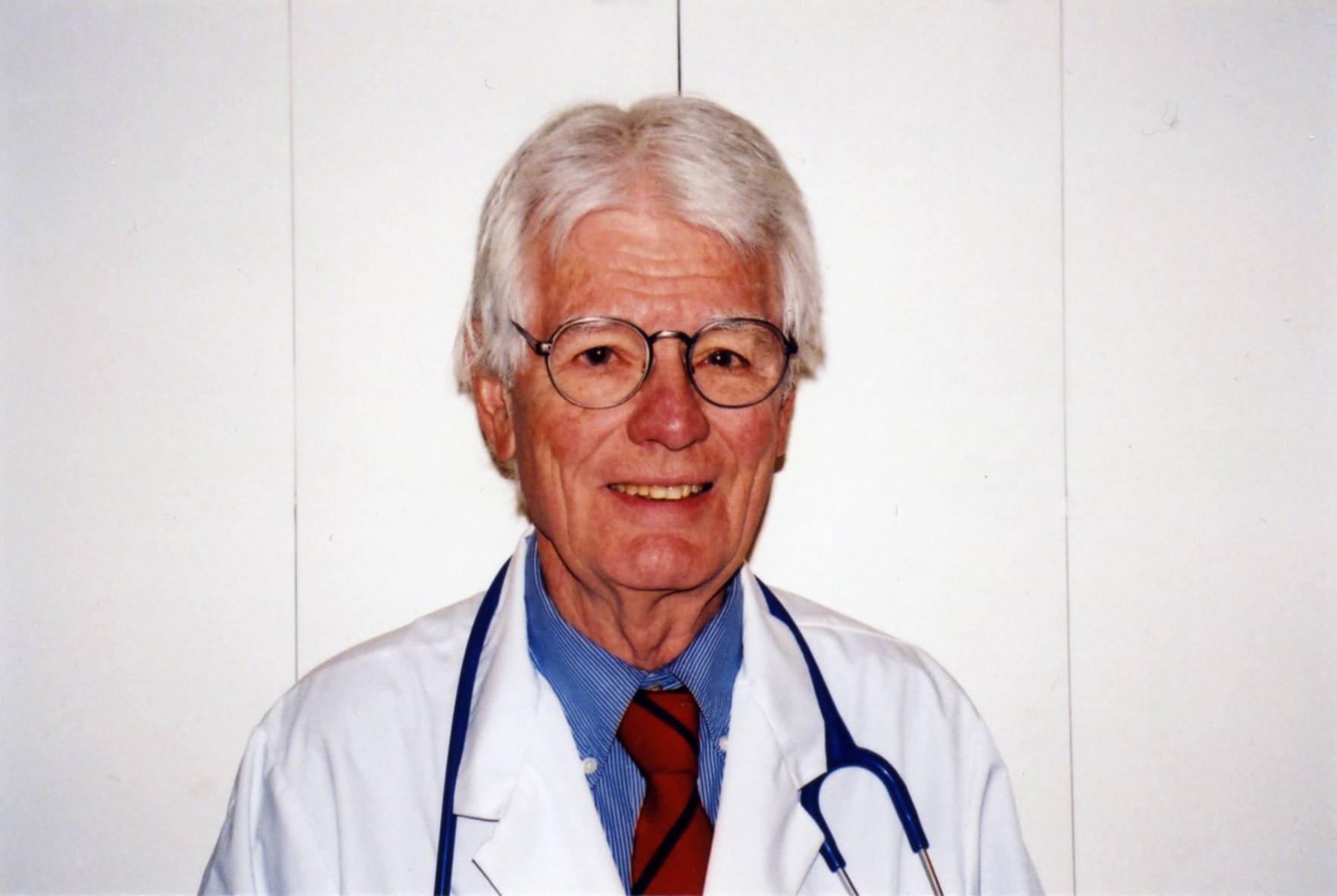Most people envision Japanese superlative products such as cars and electronic devices. But North Americans must expand their vision of this country. The Japanese have now taken a Nobel Prize winning discovery and developed a dual action product to fight acne, brown spots, wrinkles and damaged skin.
Acne has plagued the rich and the not so rich for years. Brad Pitt appears to be flawless, but look closer and you will see countless pock marks. Catherine Zeta-Jones and Leonardo Di Caprio have also suffered from acne as well as millions of the less celebrated.
Acne affects up to 85% of young people and 11% of adults 25 and older. The good news is that it is not life-threatening. But there are few diseases that cause more embarrassment for both parents and teenagers. It occurs at a time when young people need group acceptance and reassurance. And the daily shame of face and neck peppered with blackheads and pimples is a dreadful way to start the day.
Doctors have always known that acne starts in the skin’s oil glands. These are present in large numbers on the face, neck and back. But unlike the recent blow-out of oil in the Gulf of Mexico, the skin’s oil glands also secrete a waxy substance called ‘sebum’.
This overabundance of sebum blocks the opening of glands forming a ‘whitehead’.
Trying to place a cap over the Gulf spill to stop the oil leakage proved to be a tedious task. Equally difficult, increased pressure by sebum forces the skin’s surface to form a ‘blackhead’. The colour is due to pigment, not dirt. But the presence of bacteria adds to the problem. One bacterium called ‘P acnes’ starts to multiply, resulting in varying degrees of inflammation.
A medical aphorism claims “He who treats himself has a fool for a patient.”
This is especially true for those afflicted with acne. Capping an oil well is a prudent move, but it’s an error for patients to use a variety of remedies or the wrong cosmetics to place a cap over the skin’s eruption.
The next error sets the stage for further trouble. It’s hard to keep acne sufferers from picking at these uncomfortable, scaly, sore and itchy lesions. This constant abrasion of large blackheads leads to permanent scarring, not good for movie stars or the rest of us.
The key to the Japanese invention for acne and damaged skin started in 1966 with the Nobel Prize being awarded to Drs. Kroto, Curl and Smalley for their discovery of fullerene, a molecule composed entirely of carbon. The real significance of fullerene is that it has 125 times the antioxidant properties of Vitamin C. This is a huge difference and benefit when it comes to repressing free radicals.
Free radicals do to the human skin what rust does to iron. Our skin and other organs need oxygen to survive. But in the process of burning oxygen free radicals, the end products of metabolism are formed and they have never been friendly to skin.
The Japanese company, Vitamin C60 BioResearch has used fullerene to develop a radical sponge that virtually soaks up free radicals from the skin. Its product, NovaC60, is the only one that contains 1.2% of the ingredient fullerene.
NovaC60 eliminates reactive oxygen which plays a role in acne formation and strongly inhibits sebum oxidation responsible for acne. It also prevents the inflammation that triggers exacerbation of acne and acts as a protective barrier for the skin.
Due to its super antioxidant properties NovaC60 also acts as a skin moisturizer, increasing the elasticity of skin, reduces brown spots, inhibits wrinkle formation and the production of Melanin, a dark pigment.
So thanks to a Nobel discovery, NovaC60 puts a cap on acne’s oily sebum and reduces skin blemishes. Today, there’s much more to be grateful for than Japan’s cars and electronics.
For more information see the web site www.novaadvancedskincare.com or use the toll-free number 1-800-559-4136. See new web site www.docgiff.com. Comments to info@docgiff.com.



